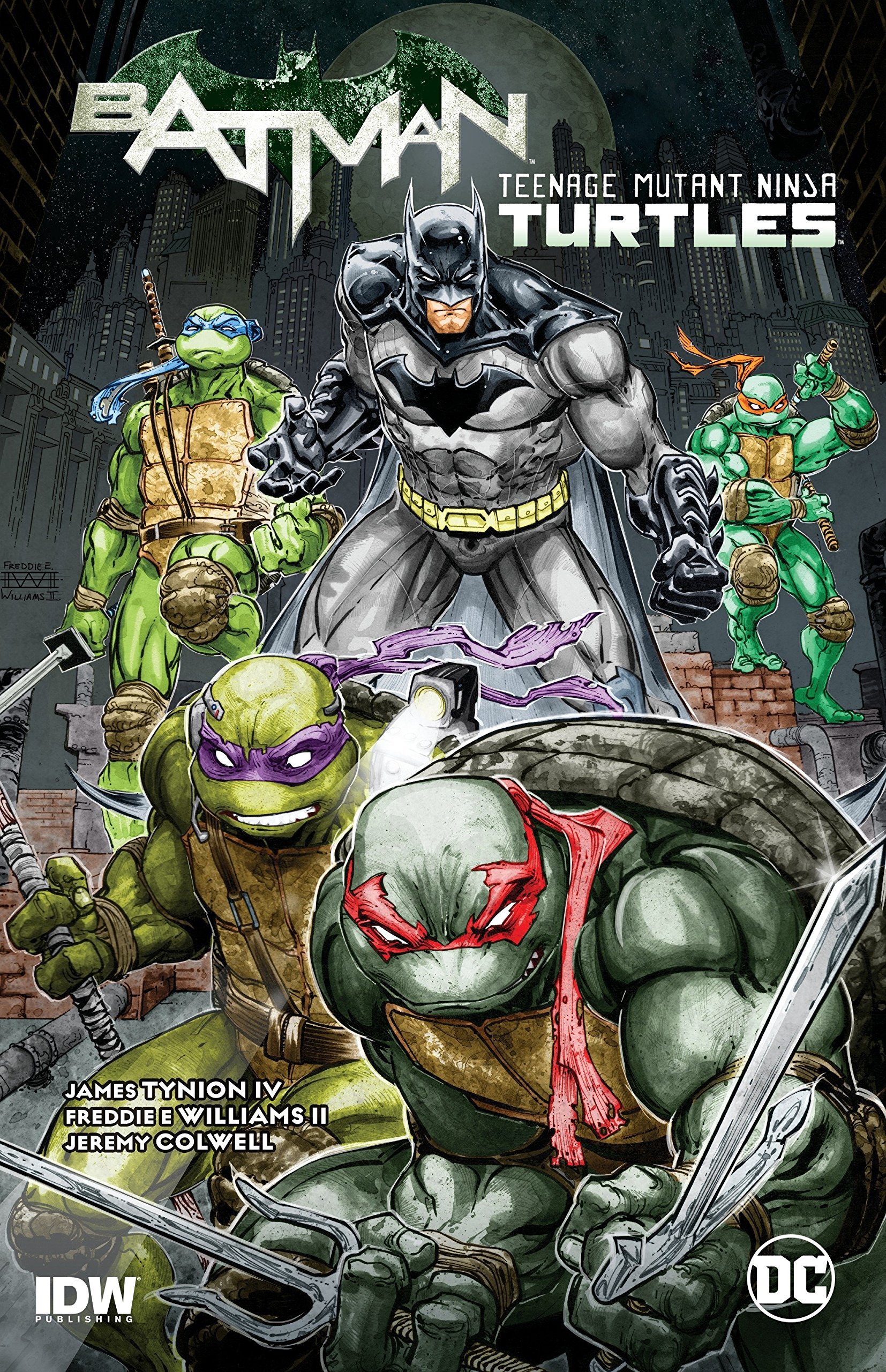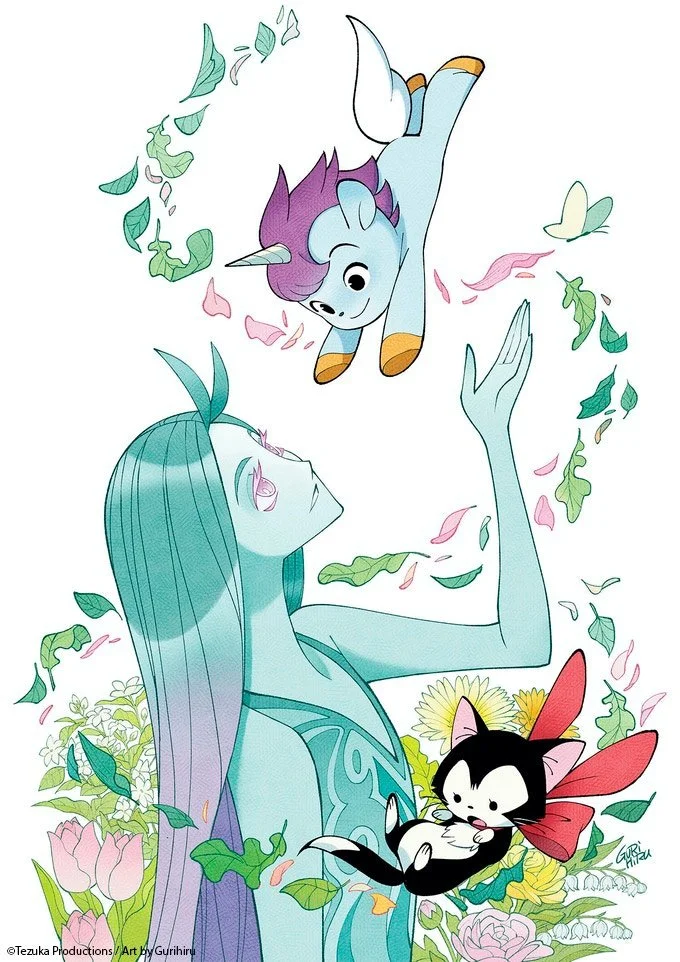Man Without Fear...By The Year: Daredevil Comics in 2004
By Bruno Savill De Jong — It’s 2004. George W. Bush is re-elected President, Mark Zuckerberg launches TheFacebook for Harvard students, and Janet Jackson’s breast is accidentally exposed during the Super Bowl Halftime Show. People are listening to “Yeah!,” watching Saw and reading Daredevil.
Written by David Mack (51-55), Brian Michael Bendis (56-65)
Illustrated by David Mack (51-55), Alex Maleev (56-65), Michael Golden (65), Greg Horn (65), P. Craig Russsell (65), Phil Hester (65), Ande Parks (65), Chris Bachalo (65), Tim Townsend (65), Jae Lee (65), David Finch (65), Frank Quitley (65)
Inks by David Mack (51-55), Alex Maleev (56-65)
Colors by David Mack (51-55), Matt Hollingsworth (56-61), Dan Brown (62-63), Dave Stewart (64), Justin Ponsor (65), Greg Horn (65), Chris Bachalo (65), June Chung (65), Frank Darmata (65)
Lettered by Cory Petit (51-64), Randy Gentile (65)
It’s no secret that Daredevil has a notorious string of lovers. As his relationship with Milla disintegrates, Foggy Nelson darkly (and perhaps tactlessly) jokes that, knowing Matt, “there’s a new honey right around the corner.” Although these romantic relationships rarely work out for anyone. Guardian Devil recently raised the idea that Matt’s imperfect amours are a result of overcompensation for his mother’s abandonment. More and more I’ve come to believe that Heather Glenn is a key character in understanding Daredevil’s development; a lover bridging the gap between his swashbuckling ‘70s and the angst-filled ‘80s, someone who Frank Miller deliberately tossed aside for Matt’s star-crossed relationship with Elektra, the heartbreak (and alcoholism) eventually leading to Heather taking her own life.
Whatever the case, all of 2004’s Daredevil storylines curiously revolve around one of Matt’s girlfriends. Each arc centres a different romance which Matt has had, Bendis using these focal points to reflect upon how overwhelming and tunnel-visioned Matt’s affections can be. Bendis gives Daredevil the flaw of being somewhat selfish, indulging in personal satisfaction against his better judgement, while retaining a yearning for validation as he continues his righteous crusade. It’s a relatable flaw – who hasn’t wanted constant approval occasionally? – but one which needles into Matt Murdock, who often absorbs lovers into his orbit while repelling his allies away.
Echo is the exception who proves the rule. After spending some time away following the conclusion of “Parts of a Hole,” Maya Lopez finds that Matt has moved onto a new relationship, and spends this story-arc (often collected as Echo: Vision Quest) finding her own path without the Kingpin or Matt to fall back on. Echo’s creator David Mack returns to Daredevil, functioning as a break from Bendis’ bold declaration of Matt becoming the “new Kingpin.” Mack’s Echo is unconcerned with Matt’s life, instead acting as a painterly character-study which expands upon Maya’s backstory and questions what “purpose” she will land upon.
David Mack had written and illustrated Daredevil before, on separate occasions, but here he can be writer-artist simultaneously, offering his circular poetic writing style which compliments his psychological collage-art. Mack’s appreciation for painting particularly comes through when Maya visits art museums, attempting to rediscover herself via schools of expression. Indeed, Maya’s deafness makes her hyper-aware of storytelling techniques (either sign language or comic books) and wondering how stories and iconography can impact the world.
Maya’s own narrative can seem somewhat reductive, as “Vision Quest” relies on several Native American stereotypes as Echo goes “back to her roots.” A chance encounter with Wolverine leads to him recounting the (apocryphal) Native American story of the “two wolves,” whose overuse has now made it a bit of a meme. Still, Maya finds some inspiration from even the act of re-hearing her father’s story being retold. Echo finds renewed purpose in becoming a storyteller herself (through her interpretive theatrical shows), and ends with Matt (and more important, herself) happy Echo has found her own path forward.
Matt has landed on his own path, although its legitimacy is more debatable. Bendis’ run resumes (in universe) one year after Daredevil declared himself the new Kingpin, unleashing a streak of “unparalleled violence” against anyone operating within “his territory.” After Daredevil cleaned up the streets and Matt dove into renovating them, he has mostly hung up his costume and basks in the self-righteous aura of actively and “permanently” cleaning up Hell’s Kitchen. He’s even asked to be the next Democratic Mayoral nominee. Plus, adding to the girlfriend focus of this analysis, Matt got married to his current love-interest Milla Donovan in secret.
Matt’s marriage to Milla might appear coincidental to “The King of Hell’s Kitchen” – which primarily involves the Yakuza challenging Mat’s “claim” on the neighbourhood – but it’s really at the heart of it. When other New York superheroes confront Matt about his self-declared Kingpin status, they point out how he’s only pushed crime into other boroughs. Daredevil ruthlessly attacks the symptoms, but is no closer to a cure. Maybe these other superheroes don’t do much more, but it demonstrates Daredevil’s single-mindedness, honing in on the problem right in front of him. As with becoming the Kingpin, Matt’s marriage is a bold and emotive claim which alienates his friends due to his lack of consultation.
Indeed, Matt specifically says he loves Matt since she embodies Hell’s Kitchen compressed down into a single person. It’s fair to say Milla is somewhat short-changed by these storylines – yet another helpless victim of Matt Murdock’s life – but Bendis does try to add personal agency to her and a sympathetic perspective of being overwhelmed by her new husband’s crazy dangerous life. Milla believes in Matt too, arguing “all this city did was crap on him, and all he has given back to it is love – and strength, and a voice.”
However, this unconditional support might mean Matt treats Milla like a cipher; someone to validate his actions amidst a sea of doubt and uncertainty. “The King of Hell’s Kitchen” is mostly from Ben Urich’s perspective, who theorises (with Foggy concurring) that Matt’s recent actions are the result of a mental breakdown, triggered by the death of Karen Page. This includes the spontaneous marriage to Milla. Ever since the stabilising force of Karen was violently removed, Matt’s emotions (both anger and love) have become unbalanced, his urge to compensate kicked into overdrive.
Matt confesses that this theory may not be without merit. Milla is understandably upset about potentially being a placeholder in a shame marriage, and files for an annulment, a major pain for a “good Catholic” like Matt. This leads into 2004’s final storyline (and Matt’s ex-girlfriend) “The Widow.” Although Daredevil and Black Widow ended their romance years ago, the two have remained closer friends than other Daredevil exes (mostly since Natasha is still alive). And being from Daredevil’s olden days, Black Widow represents a certain nostalgic longing and freedom for Matt, Bendis earlier using Natasha to try and cajole Matt into “dancing” on the rooftops with her. Bendis’ Black Widow embraces the superhero lifestyle, being a playful and sexy ex that embodies Matt’s juvenile hormonal fantasies, and allows some relief and escapism after the exhaustive heartbreak around Milla.
Yet “The Widow” is critical of such escapism, as Natasha is using Matt to “hide in plain sight” after being told to “go dark” by Nick Fury. The U.S. Government wants to trade her to Bulgaria for Madame Hydra – the shadowy depiction of backroom deals influenced by cynical, Bush-era politics – so Black Widow uses Matt like a human shield, hoping his tabloid notoriety will prevent anyone openly attacking her. This turns out to be a deadly miscalculation, as hired gunman do indeed attack her. Black Widow nonchalantly says her stay was “like a vacation,” but textually “The Widow” depicts that running away from certain problems only allows them to get worse.
This storyline ends with Black Widow confronting her own ex-husband, The Red Guardian, who was behind her trade demand, and Matt grants Milla her annulment (despite thinking it’s a mistake). A resentful marriage parallels one which, hopefully, will avoid the same path. 2004 follows the consequence of Matt’s impulsive emotional declarations. His self-assertion as The Kingpin provides some of what Matt wanted, but also disavowal from fellow superheroes and turf wars with the Yakuza and Punisher villain Jigsaw (who doesn’t understand that Matt won’t accept “protection money”).
Similarly, Matt thinks he knows what he wants in making vows of love, but he struggles to see outside the moment of making them. He assumes Milla loves him unconditionally, but even if she does love him, she admits it's one she can “live without” if needed. The exposure of Matt’s identity, and the death of Karen Page, has sent him into a tailspin that he’s desperate to claw himself out of – see again Matt proposing to Heather Glenn after Elektra’s death – and it’s a vortex that means commitments (romantic or any other) should be put on hold.
2004 is also the 40th anniversary of Daredevil, which is celebrated by “The Universe” (Daredevil #65); an anthology issue that gives different perspectives on key scenarios from Bendis’ run. For instance, Spider-Man’s reaction to Matt’s exposed identity, Captain America offering Daredevil refuge in the Avengers, or Matt listening to the advice of Dr Strange he’s previously dismissed. This makes “The Universe” more a market of Bendis than Daredevil, but as the name implies, it widens the world within which he’s been situated.
2004 was also an important year for Bendis’ career, as he wrote the controversial Avengers Disassembled, which would start a mega-arc of Marvel – kicking off House of M into Civil War and beyond -that lasted until 2010’s Siege, with Bendis being the prime architect throughout. As before, Daredevil had been a star-making turn (albeit to relatable results), its success indirectly shaping the Marvel Universe. The first half of Bendis’ Daredevil was more concerned with Matt’s inner psychodrama, how he coped with the constant media scrutiny amidst trying to keep his life together. But this second half more reflects how outsider’s see and react to him, be it Ben Urich recounting “The King of Hell’s Kitchen” to us, Matt being spurned by the superhero community, or even viewing these story-lines through the eyes of those he once loved.
Read classic Daredevil Comics!
Check out past installments from The Man Without Fear…By The Year!
Check out Bruno Savill De Jong’s last regular series, Gotham Central Case by Case!
Bruno Savill De Jong is a recent undergraduate of English and freelance writer on films and comics, living in London. His infrequent comics-blog is Panels are Windows and semi-frequent Twitter is BrunoSavillDeJo.













